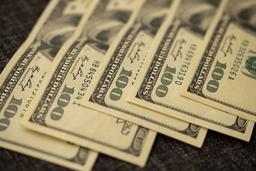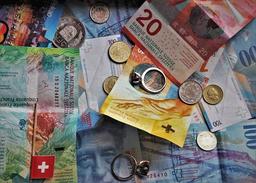Risk Measures
-
Standard deviation: - This is a statistical measure that shows how much an investment's returns vary from its average over a given time period. A higher standard deviation indicates a higher level of risk. -
Beta: - This is a measure of the volatility of an asset relative to the market as a whole. A beta of 1 indicates that the asset is as volatile as the market, while a beta greater than 1 indicates higher volatility and a beta less than 1 indicates lower volatility. -
Value at risk (VaR): - This is a measure of the maximum expected loss that an investment is likely to experience over a given time period, with a certain level of confidence. For example, a VaR of $10,000 with a 95% confidence level means that there is a 5% chance that the investment will lose more than $10,000 over the specified time period. -
Expected shortfall (ES): - This is a measure of the average loss that an investment is expected to experience in the event that it falls below its VaR. It is a more conservative measure of risk than VaR, as it takes into account the likelihood and potential magnitude of losses beyond the VaR threshold. -
Coefficient of variation (CV): - This is a measure of the risk of an investment relative to its expected return. It is calculated by dividing the standard deviation of the investment's returns by its expected return. A higher CV indicates a higher level of risk.





